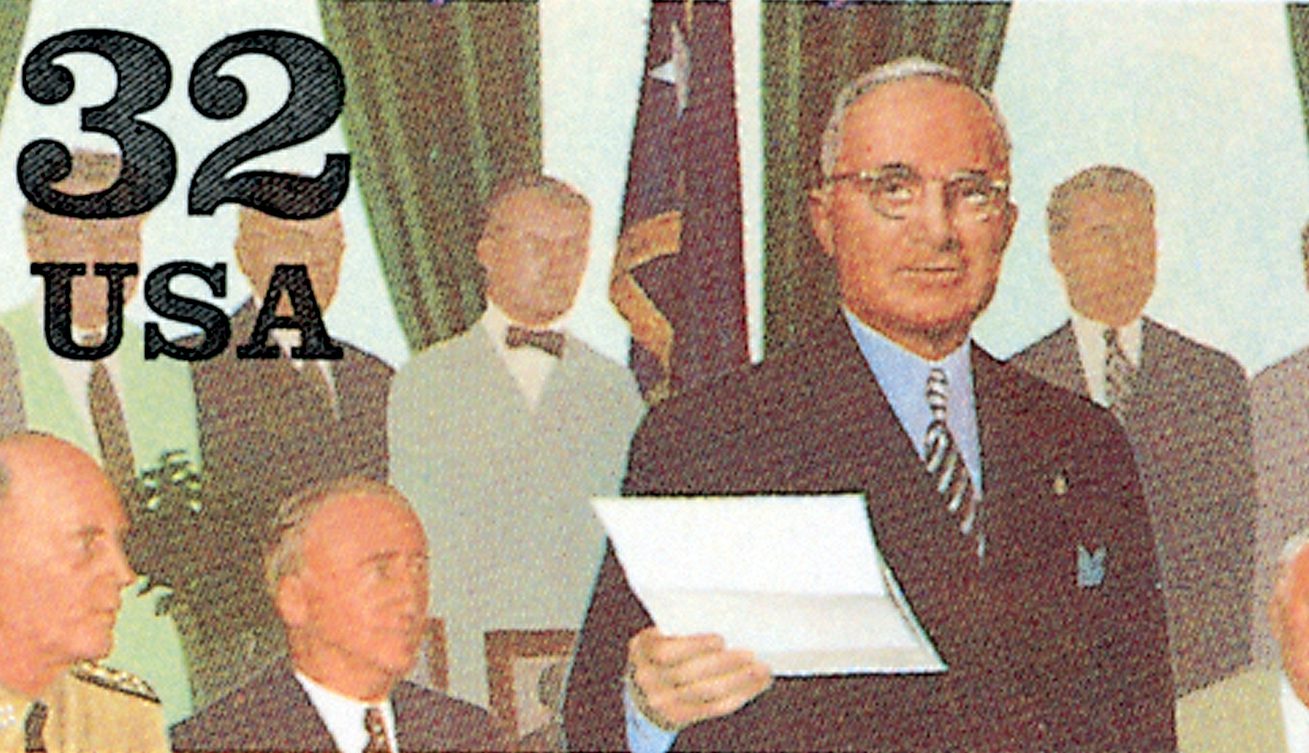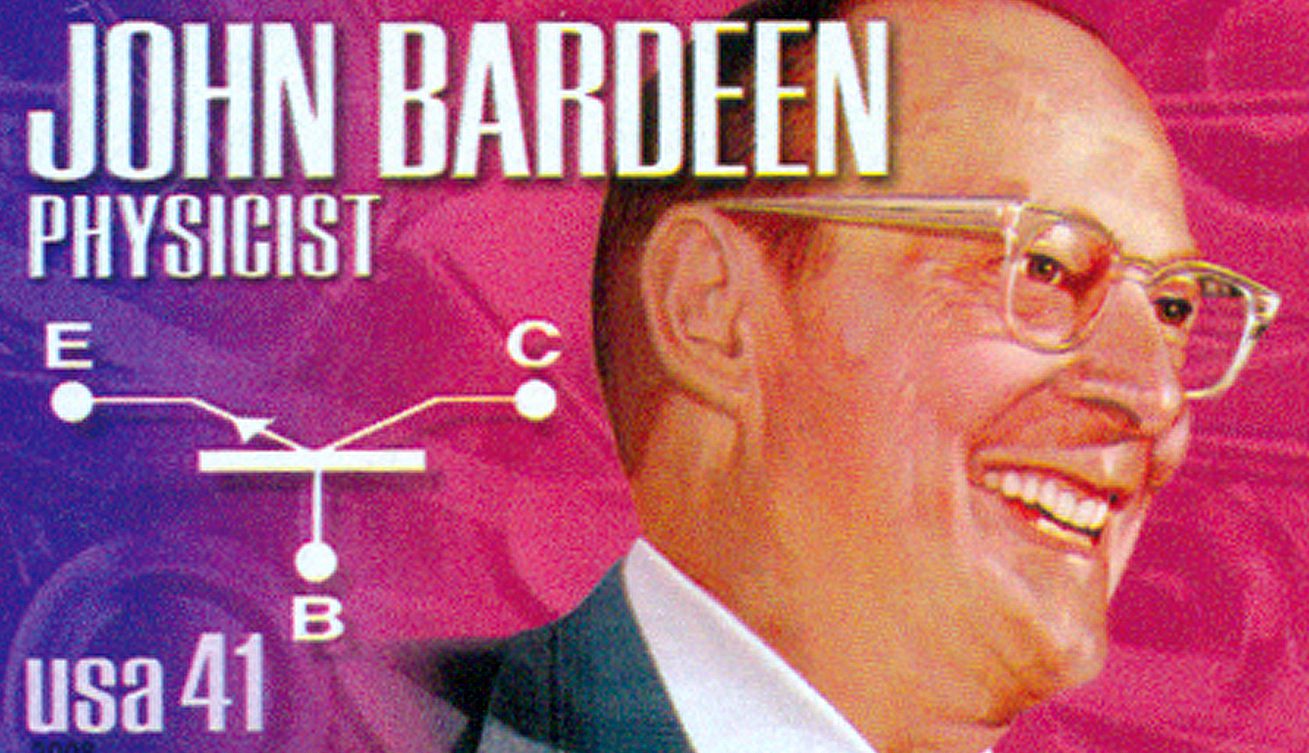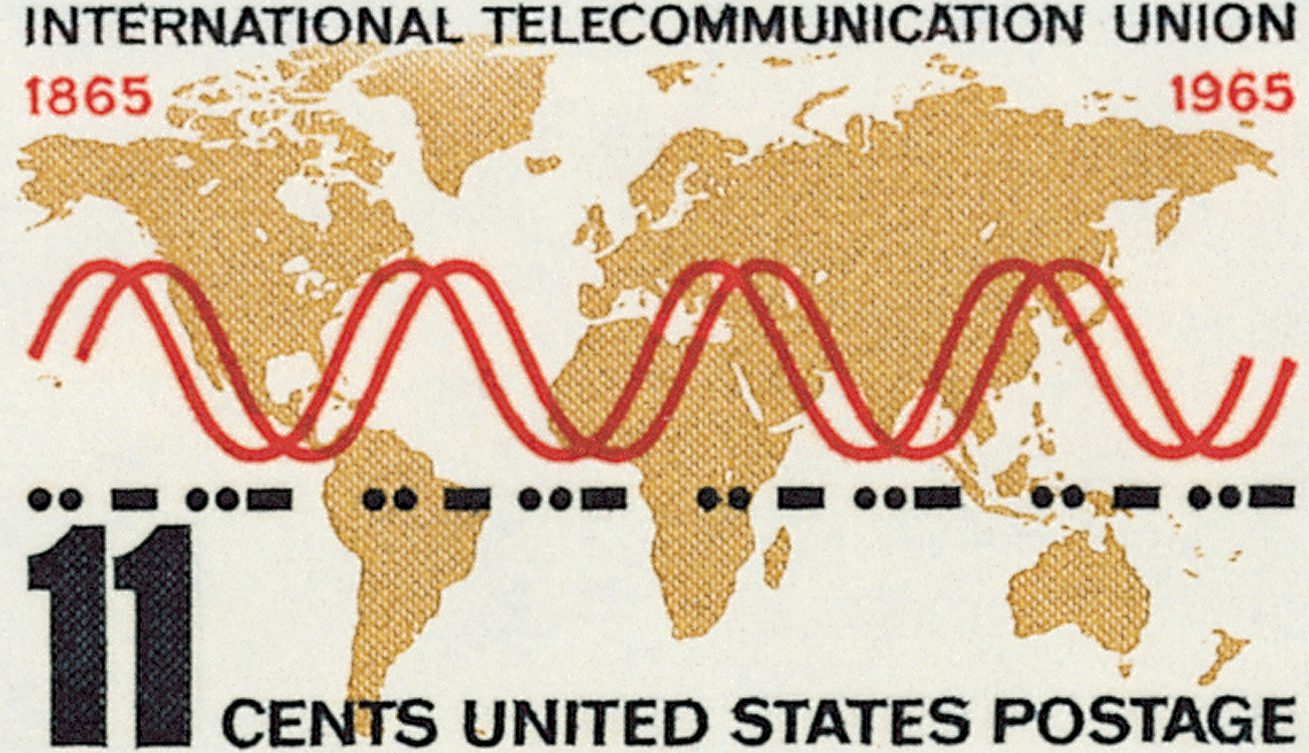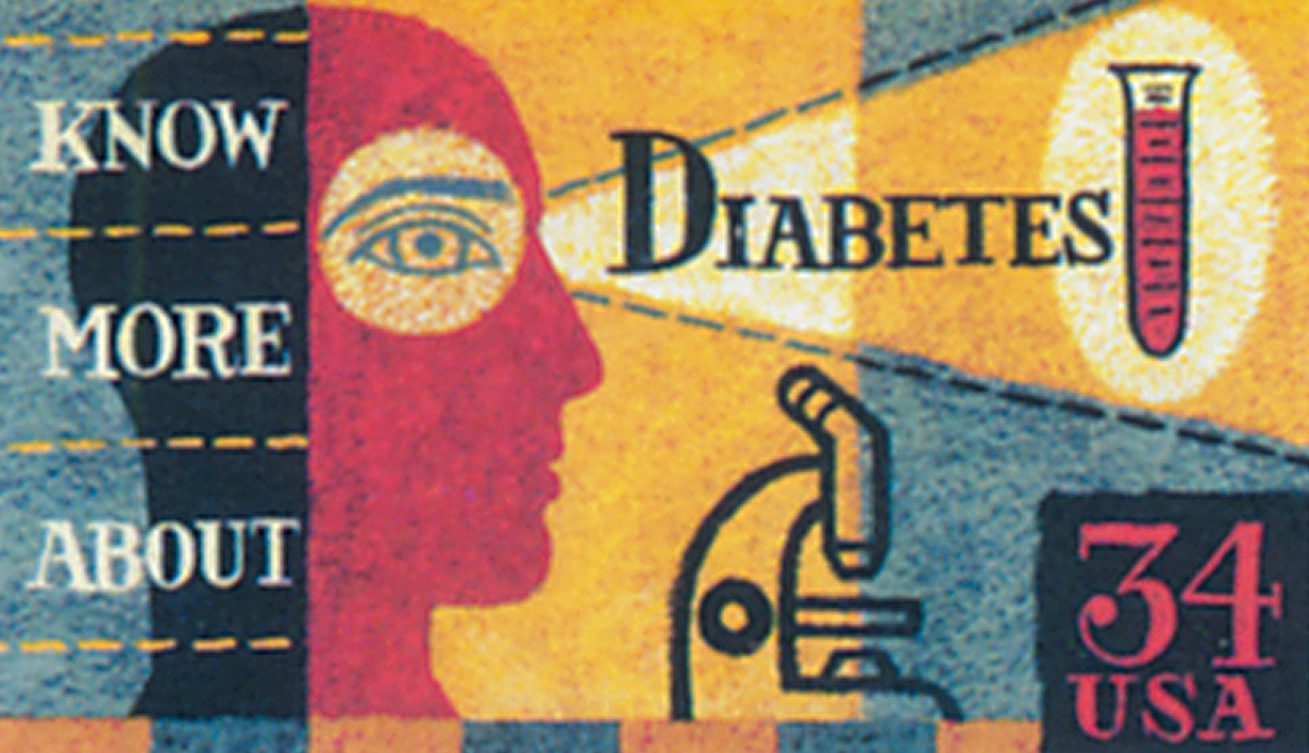First Successful Test of Atomic Bomb
On July 16, 1945, members of America’s Manhattan Project held their first successful test of the atom bomb in Alamogordo, New Mexico.
Happy Holidays! Enjoy a FREE 2026 Stamp Calendar With Purchases of $100 or More. While Supplies Last

On July 16, 1945, members of America’s Manhattan Project held their first successful test of the atom bomb in Alamogordo, New Mexico.

On June 5, 1978, Lowell National Historical Park was founded in Massachusetts. Lowell has been called the “Cradle of the American Industrial Revolution,” for the important role it played in the rise of America’s textile industry.

Physicist John Bardeen was born on May 23, 1908, in Madison, Wisconsin. Bardeen helped develop the transistor, which made possible the invention of almost every modern electronic device.

On May 18, 1990, the USPS issued an experimental plastic stamp to test the popularity of selling stamps through Automatic Teller Machines (ATMs). While the plastic stamp proved unpopular, especially with environmentalists, the ATM format proved to be a success.

On May 17, 1865, the International Telegraph Union (ITU), which later became the International Telecommunication Union, was founded. The first international standards organization, it established basic principles for international telegraphy. It later became an agency of the United Nations.

On April 2, 1940, the Committee for the Establishment of a National Diabetes Association was formed, paving the way for the creation of the American Diabetes Association (ADA). Today it’s one of the top non-profit charity organizations in the country.

On March 27, 1841, the first steam-powered fire engine was tested in New York City. Though that first engine was only in use for a short time, it marked the start of a new era in firefighting…

On February 20, 1840, the Gowan & Marx made an impressive run, hauling more than 100 cars weighing 423 tons. It was one of the earliest 4-4-0 locomotives with equalizing levers and became internationally known for hauling a train 40 times its own weight.

Frederic Eugene Ives was born on February 17, 1856, in Litchfield, Connecticut. He developed the first successful half-tone process and invented the “Kromskop,” which projected three identical images through different colored filters to produce some of the first color photographs.